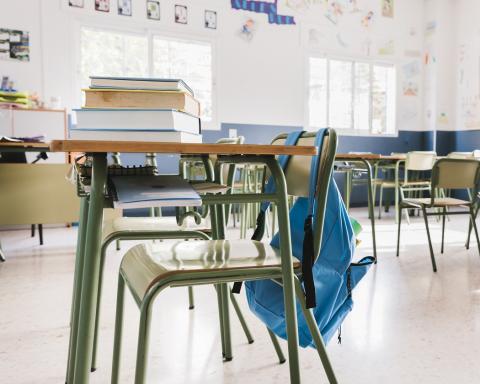Analysis of International School Open Houses: Making an Educated Decision from the Beginning

Choosing a school for your child is an important decision, and when we’re talking about international schools, the range of curricula, educators' philosophies, and learning systems is overwhelming. Open House visits are a time you, as a parent, can receive a clear picture of the school your child will soon be attending.
Just looking at the school's building structures, classrooms, or playgrounds isn’t enough. An educated decision should be based on a solid grasp of the school’s philosophy and should match the child’s personal strengths and developmental path.
The Importance of Going to an International School Open House
An Open House is an organized event where schools that are interested in filling their classes welcome prospective families in to see the academic setting, talk to teachers, and experience the school culture for themselves. Visitors are not only shown around, but will usually meet the head, teachers, other staff, and most importantly (probably) current pupils.
Some hot Arrival Open House takeaways for you:
- Understanding the completion of the curriculum programmes (e.g., IB, British, American, or Bilingual)
- Feeling what the classroom is really like beyond the presentations and online libraries gives.
- Investigating how teachers teach and assess through direct interaction with teachers
- Taking tours of facilities: visiting classrooms, libraries, science labs, sports complex, etc.
- Noting the school’s culture of learning and values, and whether these are consistent with the family’s philosophy of education
There are many things to think about before going to an open house
For the most effective visit, it is helpful for parents to have a comprehensive list with consideration of the following:
Curriculum & Educational Philosophy
- International schools use a variety of programs. For instance:
- It is characterized by developing thinking, both analytical and critical.
- The British curriculum is focused on the structure and progression of academics
- The American system is flexible and allows a broad spectrum of subject options
- The choice of a curriculum that matches the child’s temperament and learning style is key.
Student-Teacher Ratio
A lower student-to-teacher ratio frequently means more personalized attention and the ability to focus extra intently on each individual student's needs.
Background of the Teachers and Practice.
Ask about the qualifications of the teaching staff, where in the world they come from, and if they have experience teaching students from a multicultural or multilingual background.
Activities beyond the classroom and well-roundedness
In addition to academics, world schools tend to / tend to offer extensive extra-curricular programs in sports, performing arts, creative expression, and language learning.
Student Support Systems
Inquire about the types of support:
- Personal and academic counseling and counseling services
- Post-observation behavioral reporting requirements
- Resources for students in need of extra educational support
Technology Preparation and Multilingual Teaching
A few schools have two or more languages, and they incorporate digital learning resources to enable pupils to access global content and knowledge.
Questions to Ask at Open House
In determining a school’s priority for meeting your expectations, consider asking the following:
- How does the school prepare students for college?
- How is student readiness determined before enrolling?
- How many students do you have from abroad?
- What health and safety measures are in place at the school?
- How do you track and report student progress to parents?
Watch the Air and School Climate
It’s more than just a child’s academic accolades; it’s the emotional environment at the school that they’re in. What to observe during the visit:
- The climate and the mood in the classrooms
- Facial and Body Language of Students
- The exchanges among students and with instructors
- The overall culture of communication and cooperation on campus
- And often these subtle signals offer the best real-time indication about whether the school is a good cultural and emotional match for your child.
Picking a School Is Picking a Future
Open House attendance is not just a marketing tool, it is a critical part of a child’s educational pathway. Parents are advised to arrive with a sense of inquiry and skepticism: ask lots of questions, look closely, and attend closely to the child's emotional and behavioral reactions to the school.
At the end of the day, a “good school” is not just reputation or fees, but an environment that fosters a child’s happiness, confidence, and real self.